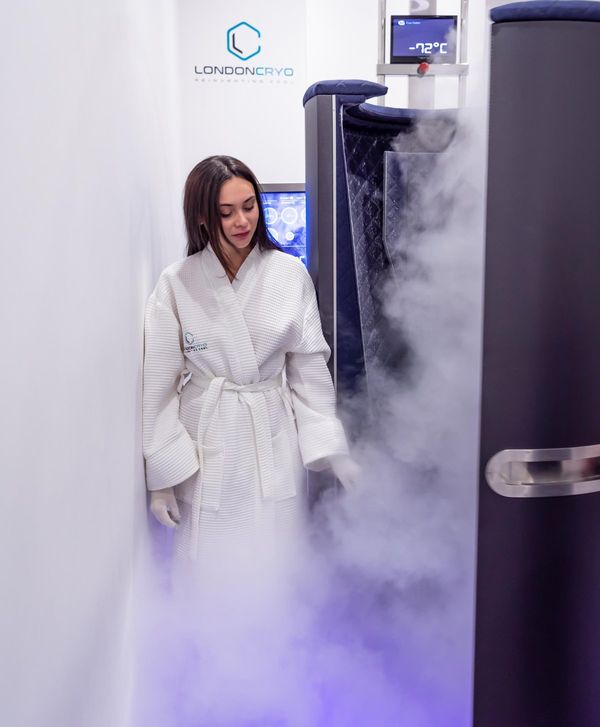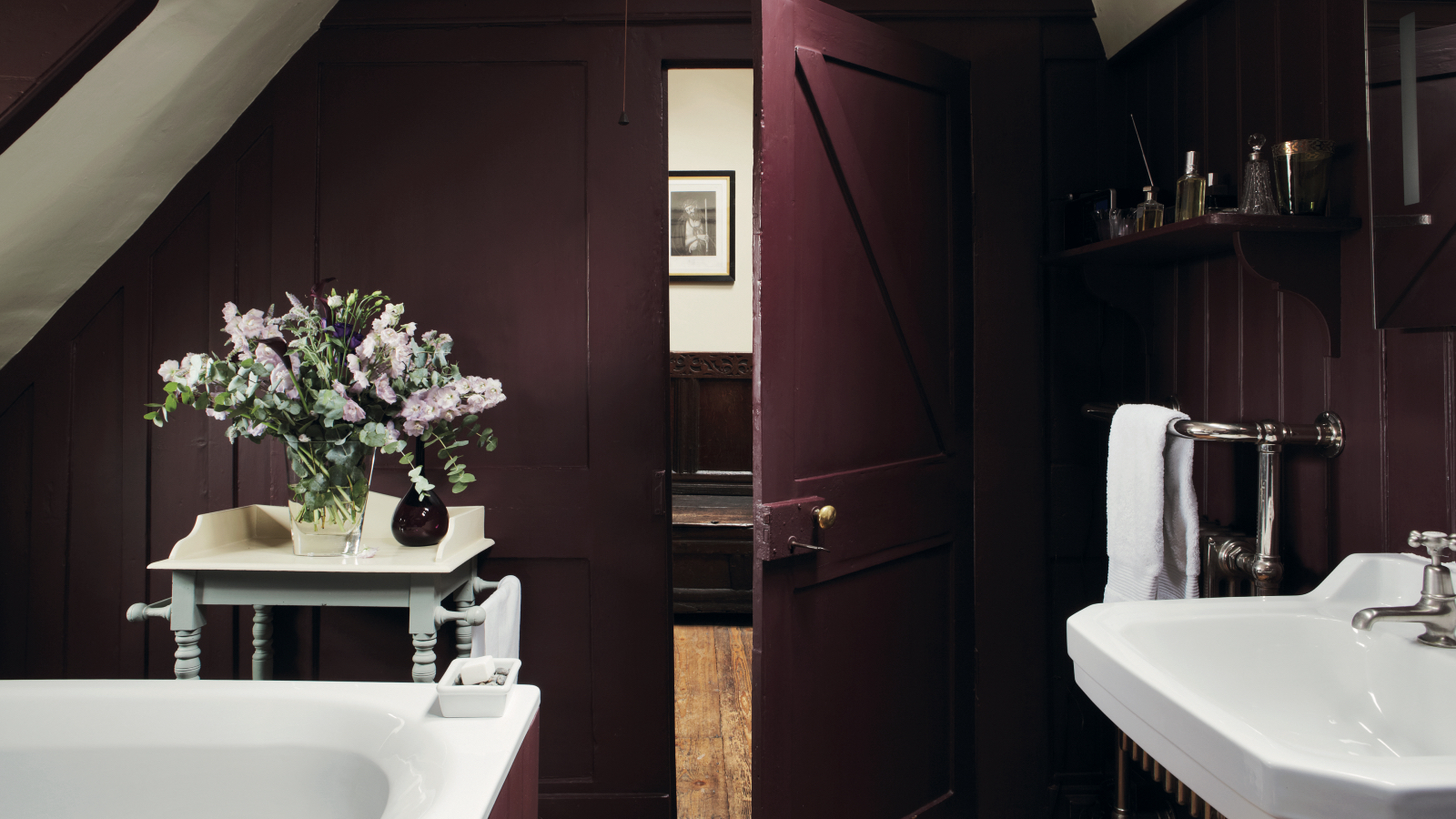
Colder weather has well and truly set in. As temperatures continue to plummet and frost becomes a familiar sight, condensation – and subsequently mold – can become a real threat to homes.
If you do spot any of the signs of mold, such as musty odors, visible spores or dampness, it's likely that the first thing you will want to do is confirm your suspicions before calling for professional help. But, do mold test kits work? In my view, there are many limitations.
I'm Michael Rubino, a mold and air quality expert, and here I delve into whether mold test kits can be relied upon to successfully identify the presence of common types of household mold, and why, in my opinion, they're best avoided.
Do mold test kits work?
So, you've spotted signs of mildew in your home, or some worrying indicators of mold in your plumbing, and want to confirm your suspicions with a mold test kit, such as the Mold Test Kit for Home available at Amazon. But, will the results be accurate?
I'm a mold remediation pro and founder of HomeCleanse and the answer to this is twofold. Yes, they can work if used correctly. Otherwise, no. There are many limitations.
Mostly, mold tests work when means combined them with other inspection processes to get a comprehensive picture of what's going on in the home.
Mold testing methods such as air sampling and surface sampling each have limitations that can lead to inaccurate conclusions. Air sampling may miss contamination sources that are causing signs of mold in your home, especially if testing occurs far from walls or plumbing, and testing can be obscured by other particles caught in the sample, leading to false negatives.
These mold testing kits also only captures a moment in time, meaning ongoing exposure could be missed.
Surface sampling, while useful for identifying visible contamination you may have noticed when checking for mold in your house, is limited to the tested area, and doesn't account for hidden or widespread issues, especially beneath surfaces.
So, while these testing kits can be beneficial in specific situations or when mold remediating, they're not a good initial step to determine what's occurring in a home if there's a suspected mold problem as too much can be missed if you rely on this method alone.
The pros and cons of using a mold test kit
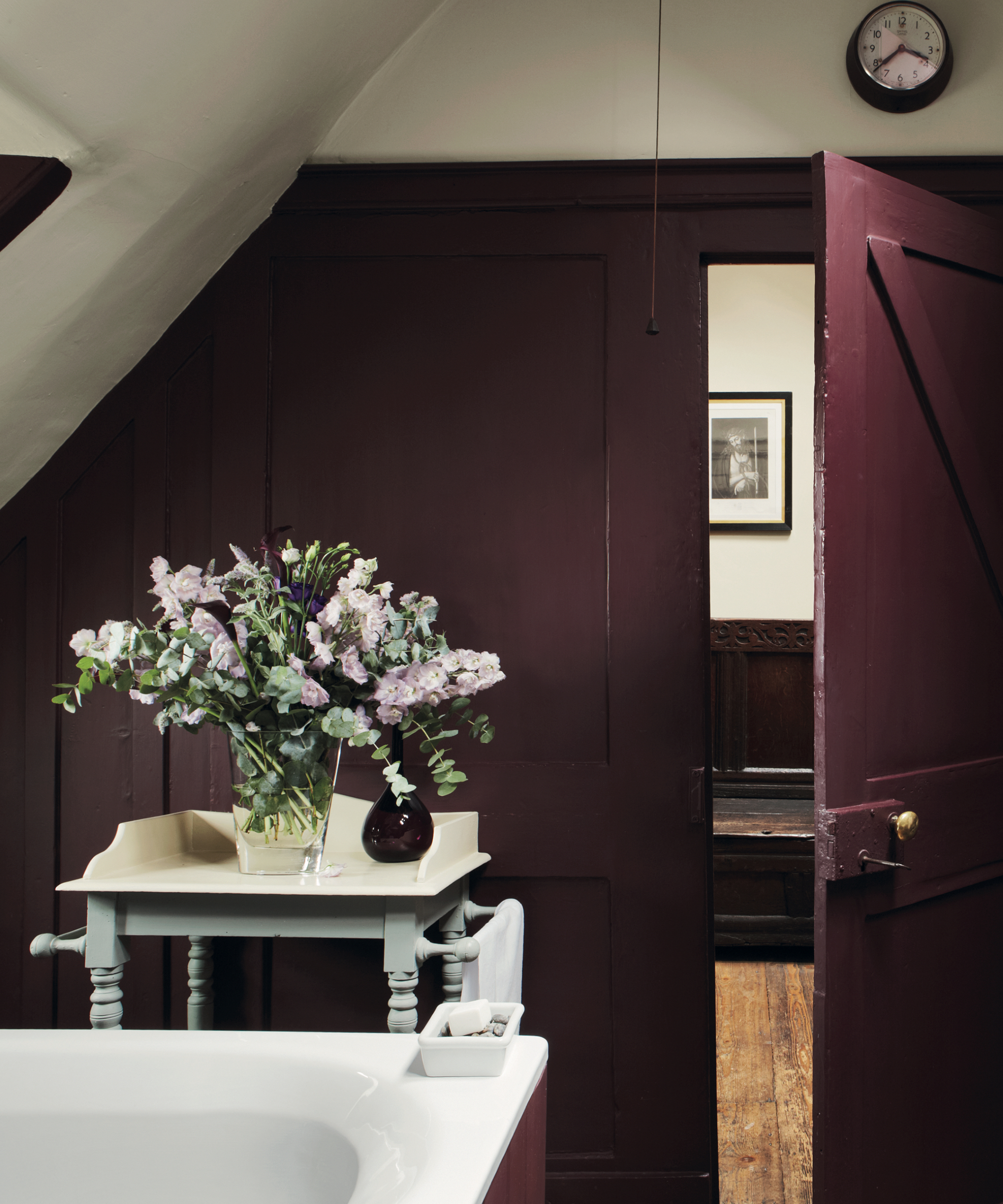
Various testing methods offer unique advantages and limitations when assessing indoor air quality and mold issues. Here's an overview:
- Air testing (spore trap): This is ideal for pinpointing mold sources and verifying post-remediation, but it only captures a moment in time and struggles with heavier molds such as Stachybotrys, a type of black mold.
- DNA-based methods (ERMI, HERTSMI-2, EPA-36, EMMA): These offer detailed species-level mold identification and a historical overview, but may mislead due to total scores and user error.
- Surface testing: This is excellent for visible mold verification, but limited to immediate areas.
- Mold plate testing (in a petri dish): This is a cost-effective method for basic assessments, but lacks the depth and reliability of other methods.
- Bacteria testing: This can be useful for understanding bacterial shifts after remediation, but may lack source identification and full validation.
Each of these mold testing methods has its place, but they usually fail to provide a complete picture on their own. That’s why I recommend The Dust Test, followed by calling in a professional inspector.
What is The Dust Test?

Dust testing offers a more comprehensive approach. Analyzing accumulated dust in the home captures a broad range of contaminants, including mold spores, giving a clearer picture of indoor air quality.
It works well because particles such as mold spores, mycotoxins, and other contaminants settle where our dust settles. Testing the dust will determine if high levels of mold particles are present in the home. This points to sources that much be found and addressed – even if they're hidden or unknown – to avoid harmful exposures, to dangerous bathroom mold – and possible symptoms.
Importantly, The Dust Test uses advanced DNA and chemical sequencing, providing detailed insights into mold species and concentrations, making it a cost-effective and non-invasive method for detecting problems throughout the home.
Starting with dust testing empowers you to make informed decisions and avoid unnecessary, potentially misleading inspections. It allows you to give the results to an inspector and say, "Please find the sources of this contamination."
The test can also be used to:
- Correlate with your medical tests to determine where your exposure is occuring (home vs work) and help you combat common mold allergens.
- Conduct an annual checkup on your home to ensure no hidden problems have developed over time, and help you to curb any bad habits that increase the risk of mold.
- Narrow down your home-buying process before spending money on a mold inspector.
- Ensure a form or apartment for you or your loved ones is safe.
- Create a paper trail to assist you in ensuring rental management teams are properly dealing with a problem.
- Check your workplace is a safe and healthy environment.
All prices correct at time of publication.
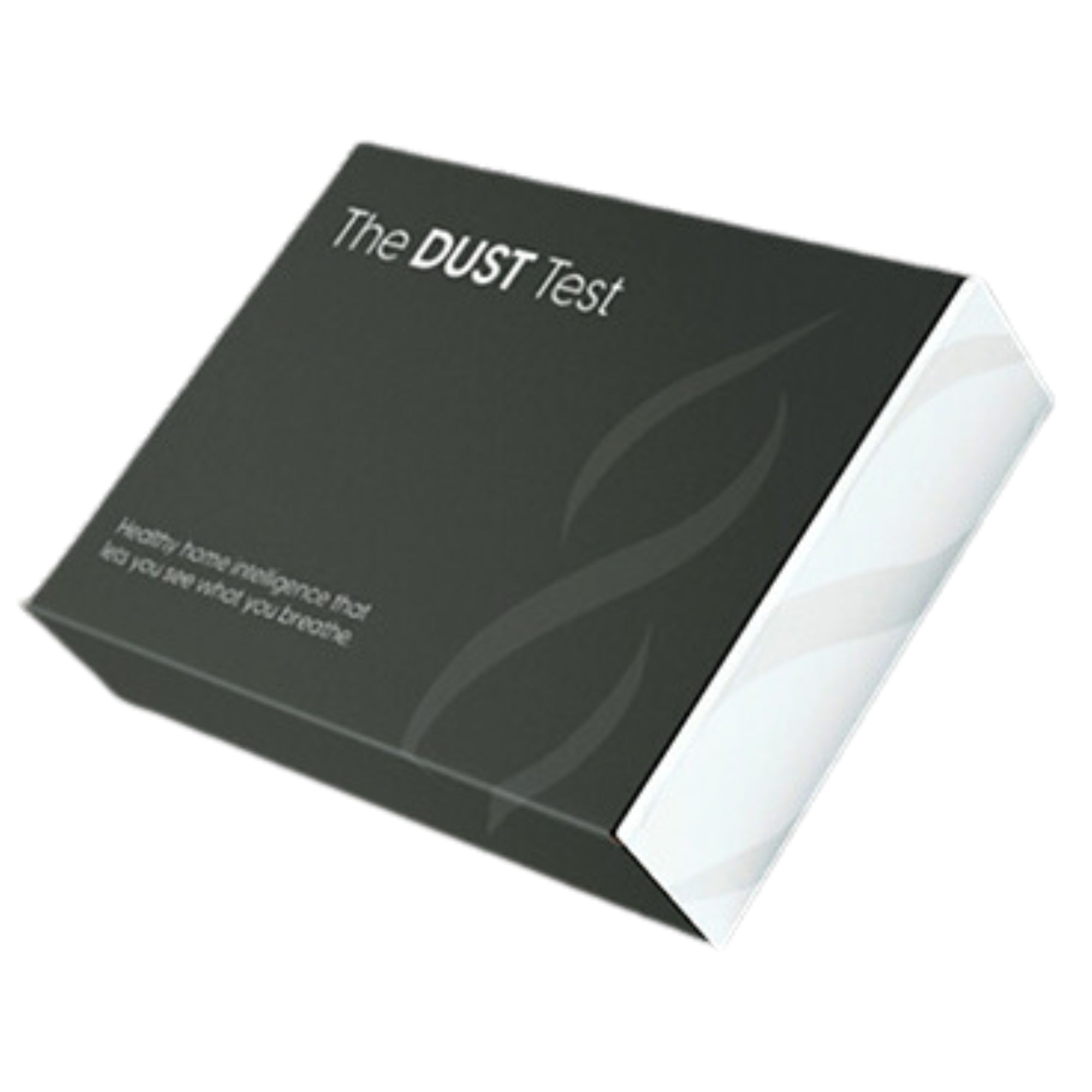
The Dust Test is designed for those who are wondering whether they have a mold problem. It identifies the 36 mold species most commonly found in homes studied by the EPA, and uses PCR technology to detect hidden molds.
When to call a pro
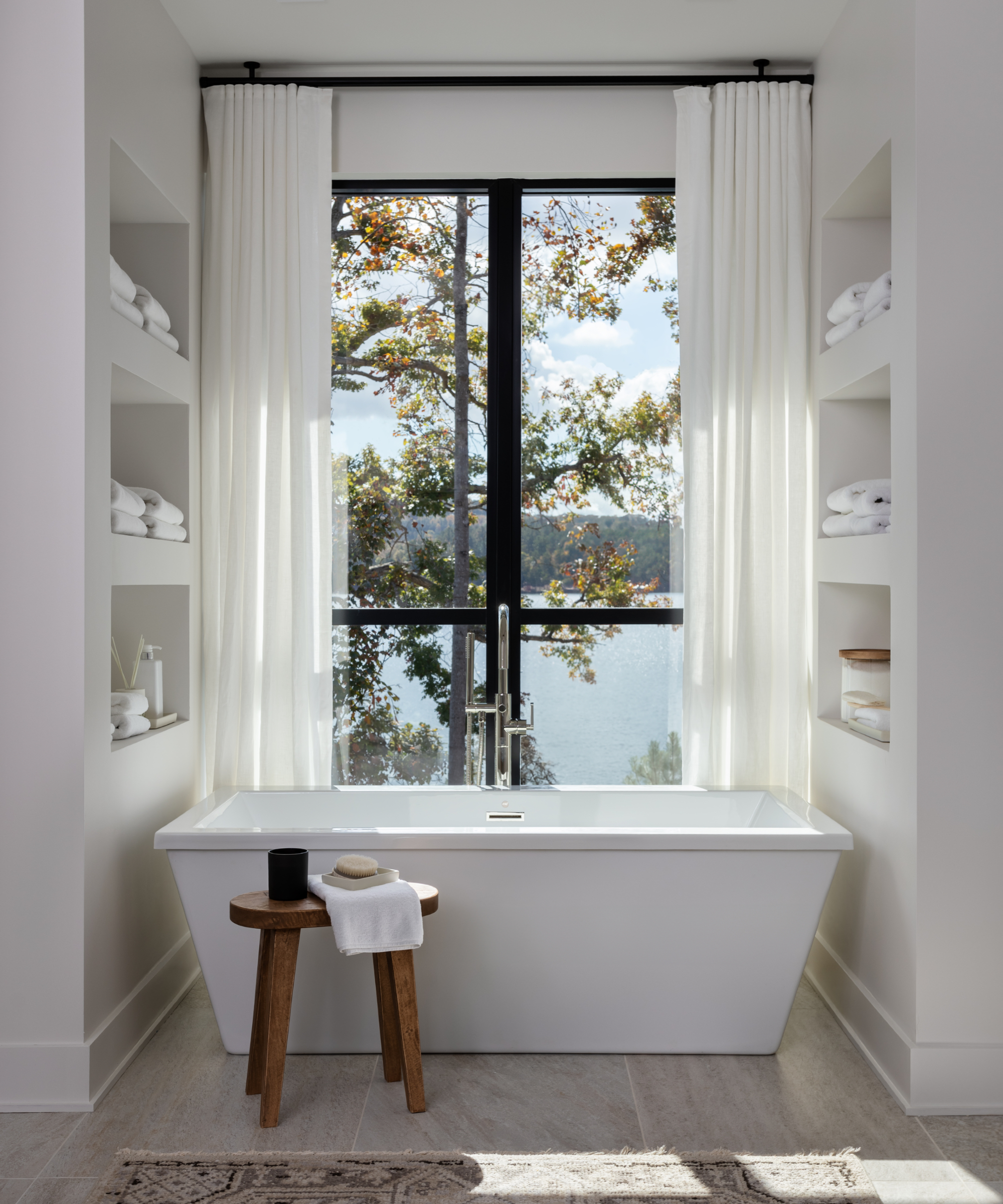
If mold in your home is over a large area (over 10 square feet), penetrates deeply, or keeps recurring, it's time to call a pro.
While some mold tests are inexpensive preliminary steps that can determine if there's a problem, or where exposure is occurring, it's still important to know when to call the pros. The factors above need to be considered when choosing the right option. If the data points to high levels of contaminants, a professional inspector needs to be brought in to determine the mold source, or sources, in the building.
Make sure to hire an individual with experience conducting inspections correctly. They should inspect the entire interior and exterior of the home to determine which areas are problematic, which mold species are present, what the sources of the mold are, and if any other contaminants, such as mycotoxins and bacteria, are present.
The process will take a few hours and should include a variety of testing methods. At the end of the process, you should have an extensive report that outlines the next best steps and a mountain of much-needed data, which you can then use to deal with the problem.
If the area affected by mold is not extensive, you can clean mold off walls, for example, by cleaning with vinegar, using a 1:1 solution of white vinegar to water and a microfiber cloth. Vinegar can be used to kill mold due to the acetic acid content, so long as you opt for a minimum acetic level of at least 4%.
In general, though, a professional can let you know the best cause of action on a case by case basis.
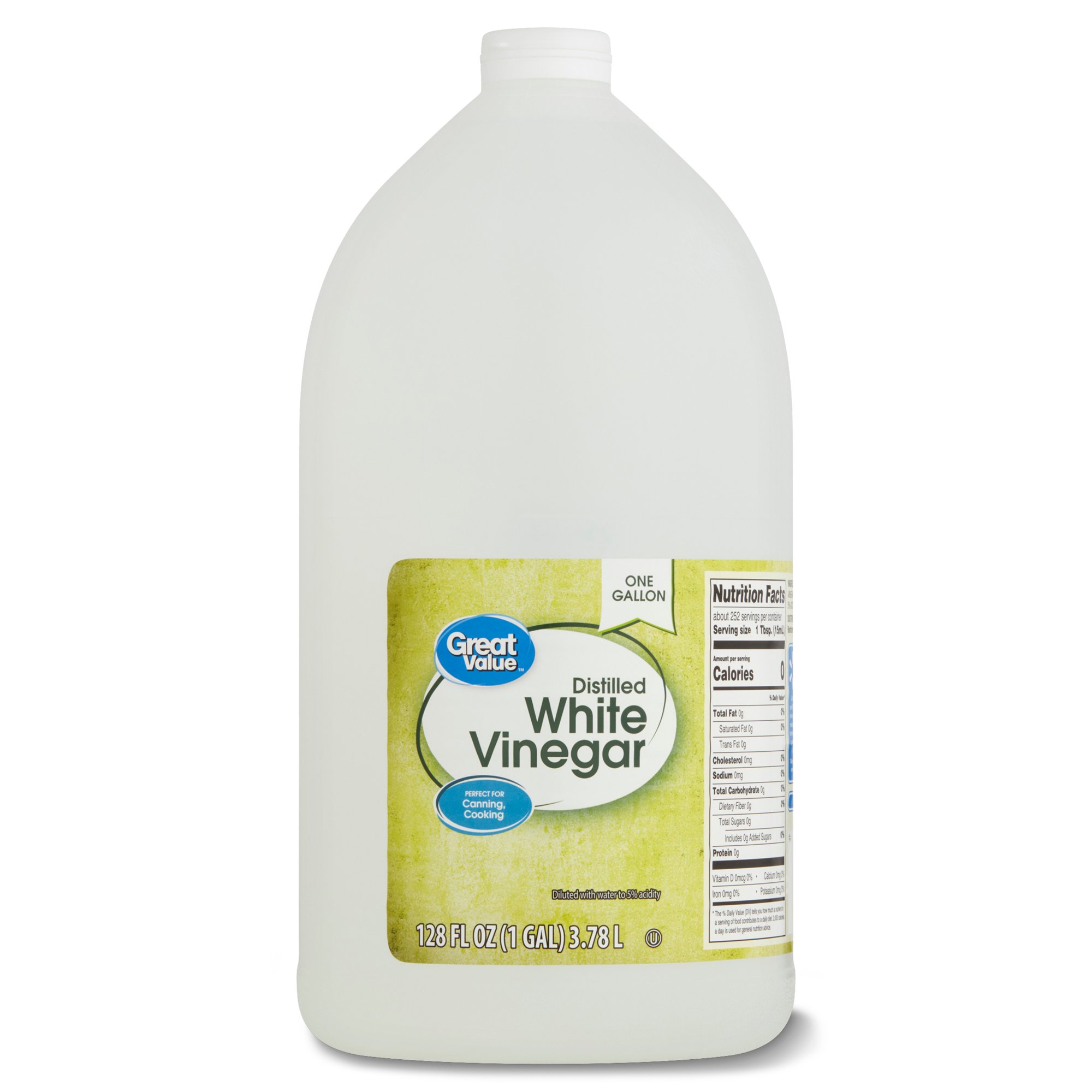
As this vinegar is diluted to a 5% acidity, it is effective for killing mold, cleaning and deodorizing all around the house.
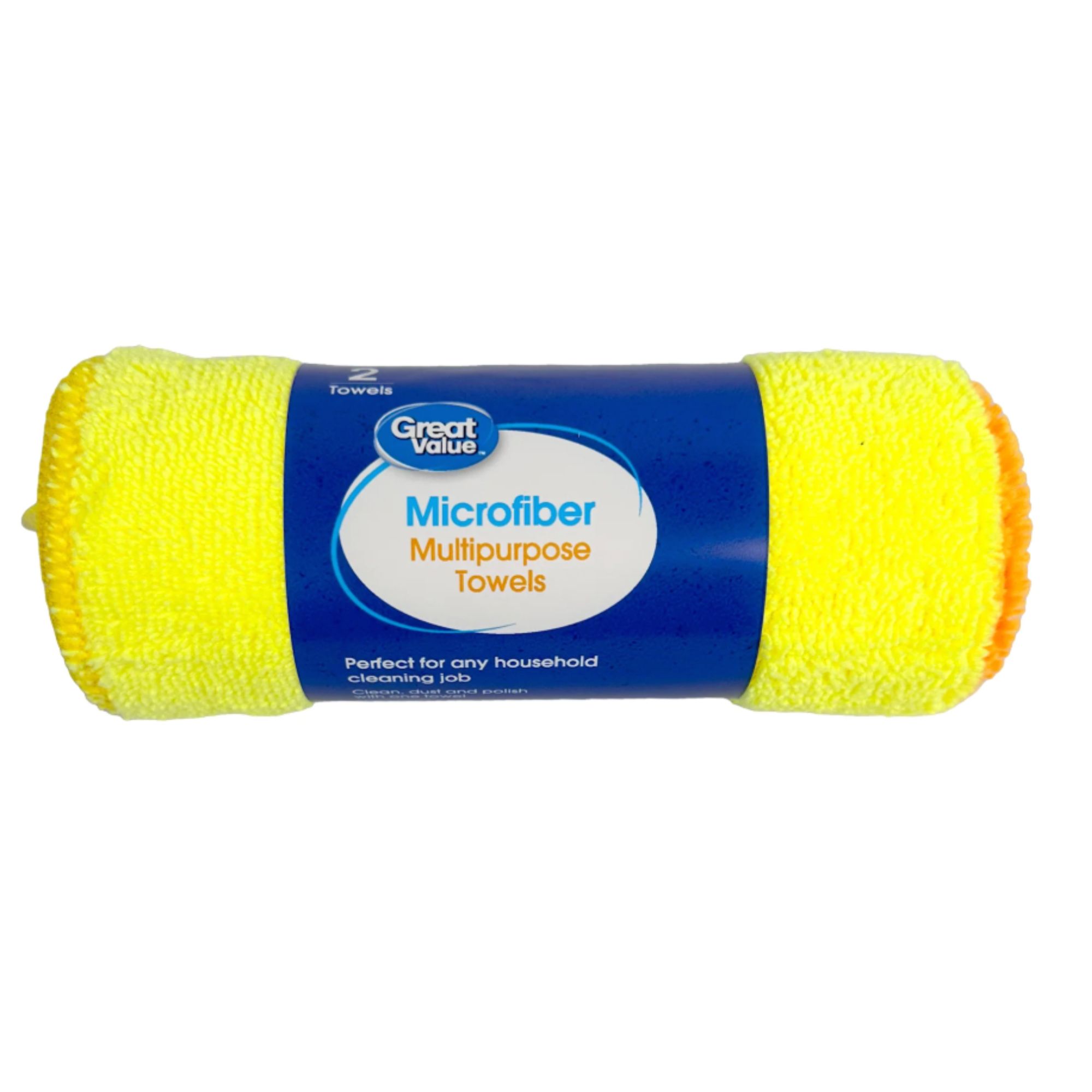
These microfiber cloths are ideal for household cleaning, dusting, and polishing, and can easily be washed in your washing machine for convenience.
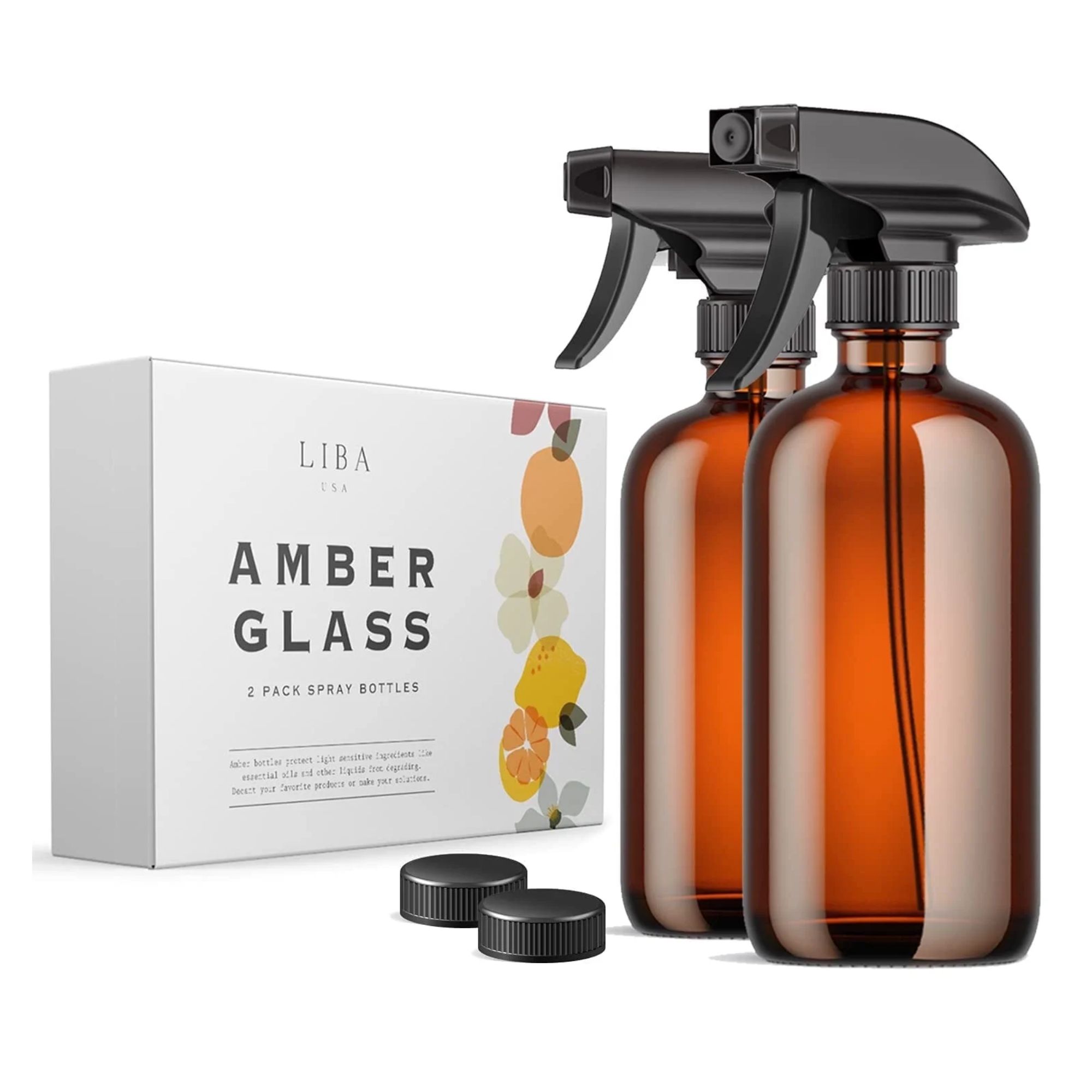
These glass spray bottles provide quality UV protection for any homemade cleaning solutions, and are eco-friendly and reusable, perfect for being sustainable at home.
FAQs
What are the signs of mold sickness?
You may experience sinus and nasal congestion, eye irritation, wheezing, throat irritation, head irritation or respiratory issues.
In particular, many people have adverse reactions to pink mold, including skin irritation and rashes. If concerned, always contact a mold remediator as soon as possible.
These may be signs mold in your home is making you ill.
Next, keep an eye out for these hidden moldy spots in the kitchen, and make sure you know how to banish them.

